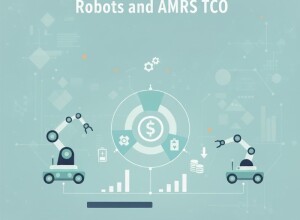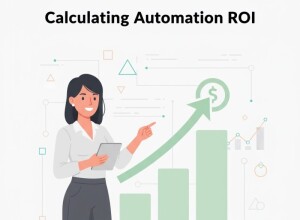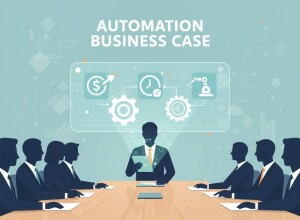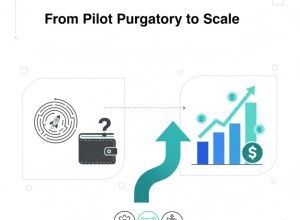Calculating Automation ROI in 2025: A CFO-Ready Model
Automation ROI used to be about labor reduction alone. In 2025, CFOs look at total value creation — including uptime, quality, flexibility, and resilience. To secure funding, automation engineers must speak the language of finance.
1. The Modern ROI Equation
The standard formula still applies, but inputs are broader:
ROI = (Annual Benefit – Annual Cost) / Total Investment
- Benefits: labor savings, yield improvement, scrap reduction, energy savings.
- Costs: hardware, integration, training, support, and downtime during changeover.
2. Intangible Gains
Include metrics such as reduced injury rates, traceability compliance, and shortened product changeovers. These drive sustainability and customer retention — both real financial levers.
3. Sensitivity Analysis
Build three ROI scenarios (best, base, worst). CFOs expect to see the model’s resilience to variations in cycle time, volume, or downtime assumptions.
Example
A packaging firm added predictive maintenance to its ROI model. The result: payback improved from 26 to 18 months by avoiding two annual unplanned stops.
Related Articles
- Payback Under a Year: Realistic Assumptions and Levers
- Total Cost of Ownership for Robots and AMRs
- How to Present Your Automation Business Case to the Board
Conclusion
A CFO-ready automation ROI model blends engineering precision with business context. It quantifies both the savings and the resilience automation provides.









































Interested? Submit your enquiry using the form below:
Only available for registered users. Sign In to your account or register here.